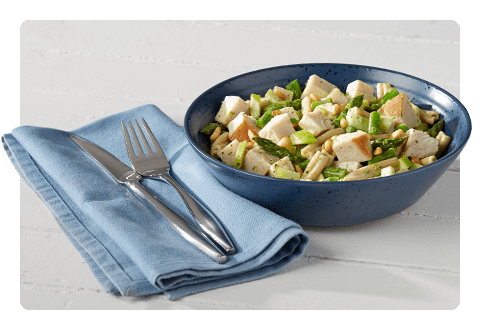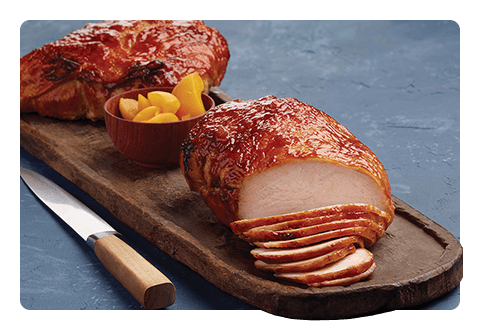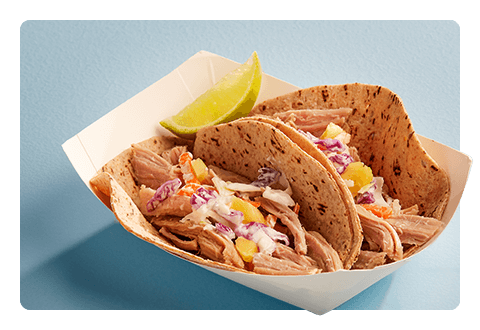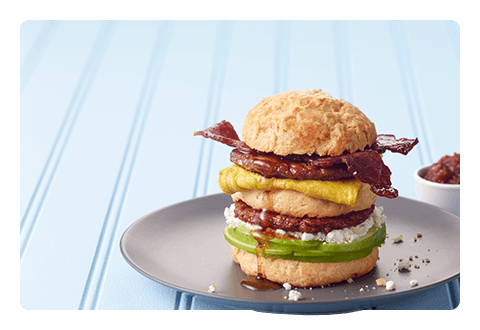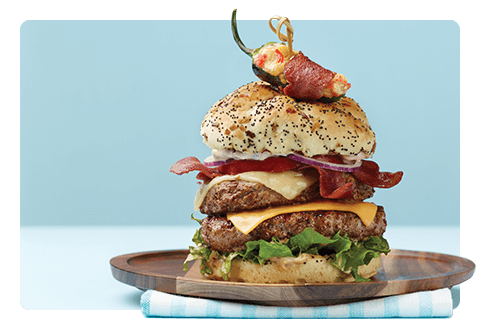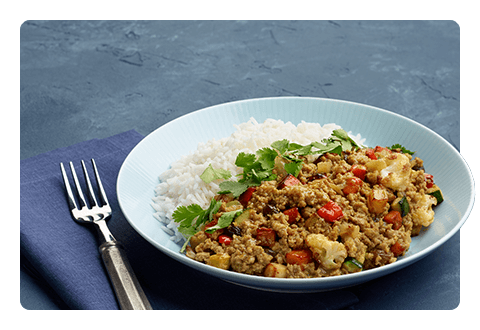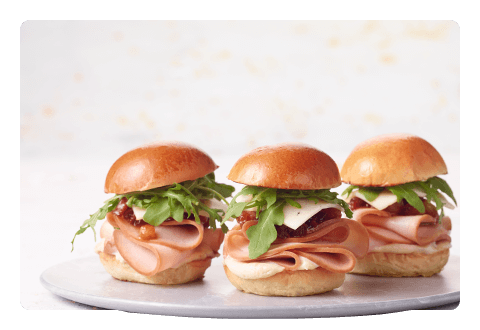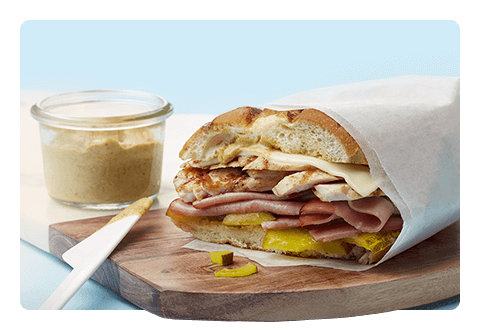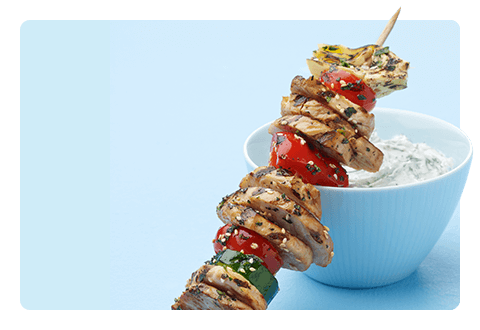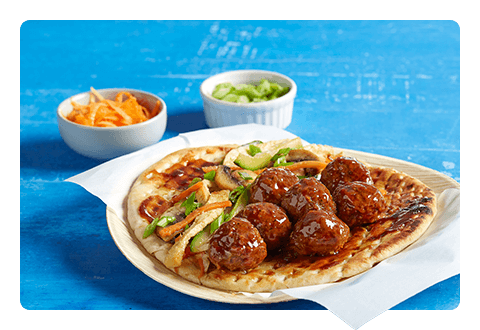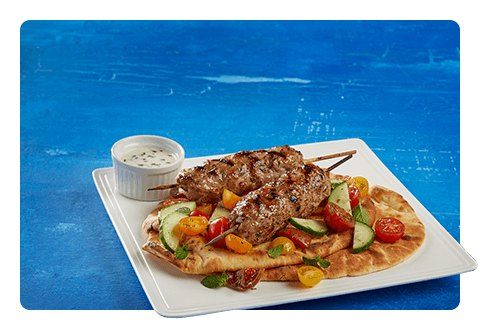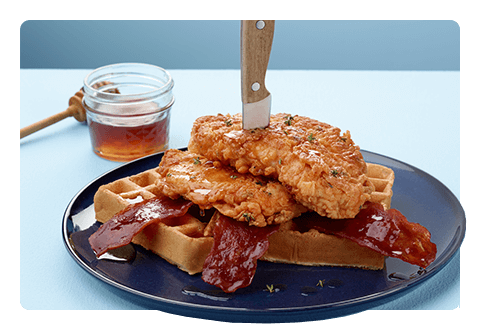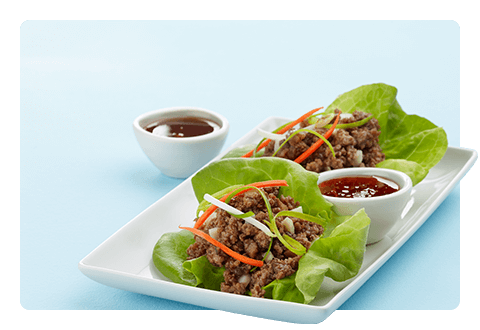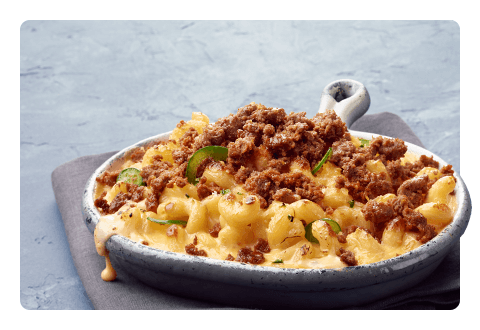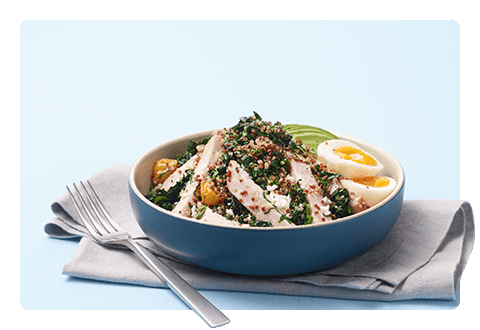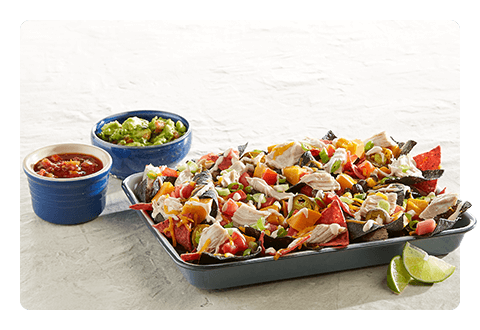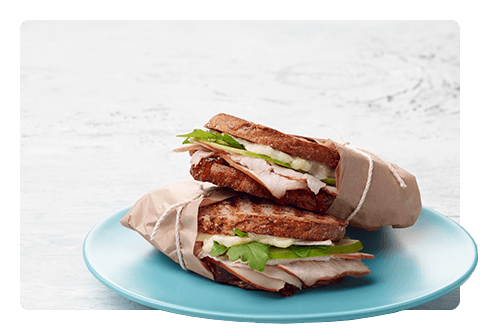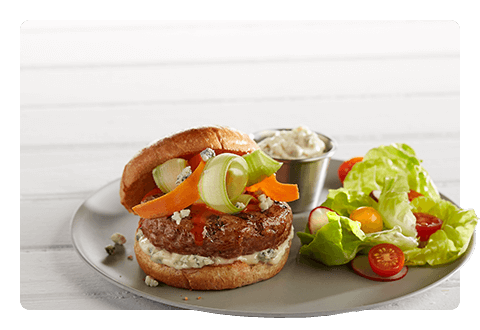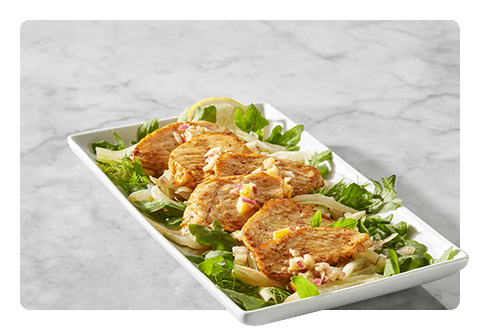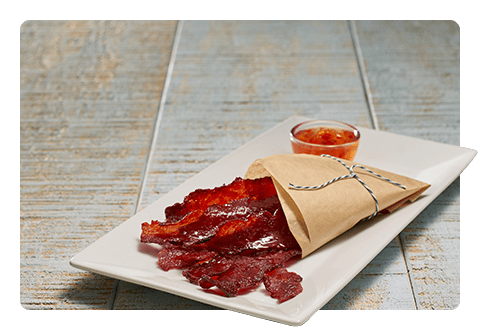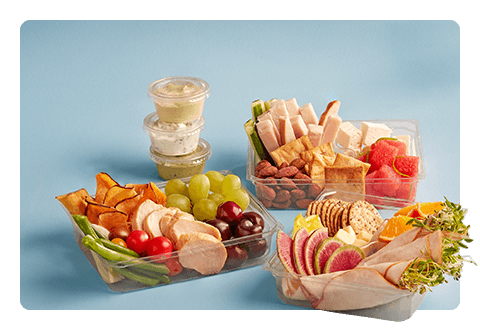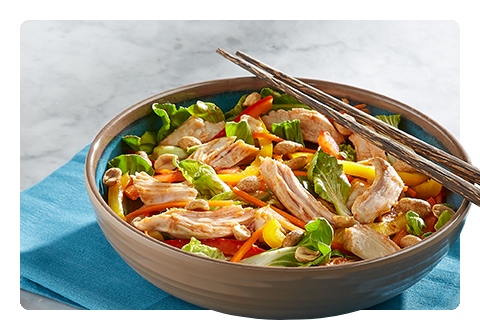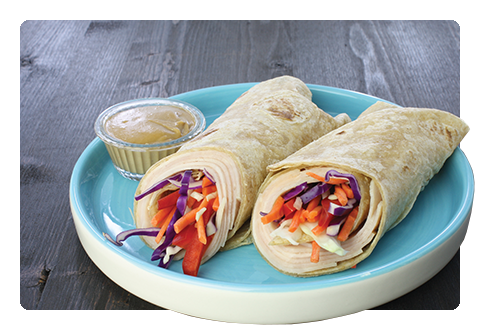Making the Rainbow Connection in
K-12 Diets
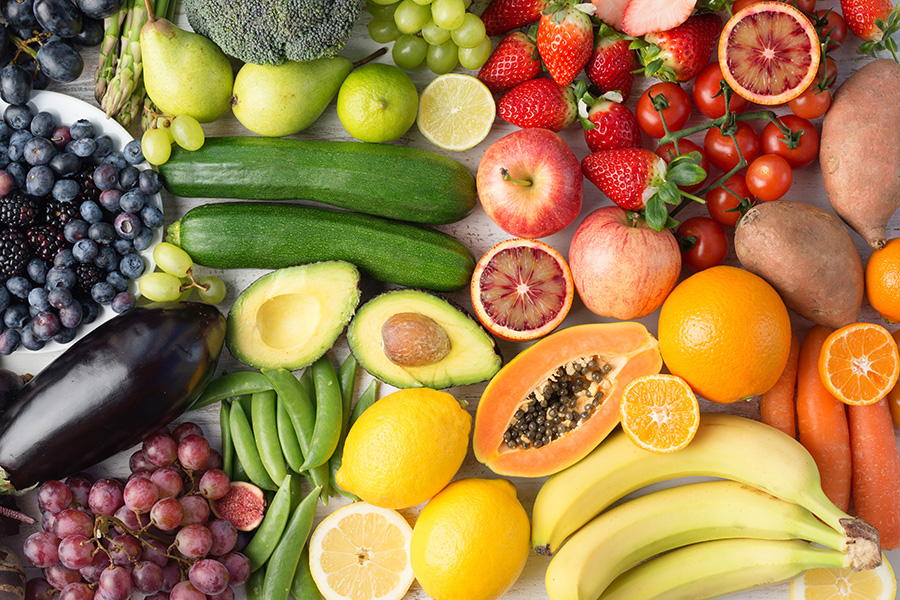
The vibrant hues of fruits and vegetables give us more than a beautiful plate. Foods get their colors from micronutrients that benefit our bodies and brains. When it comes to encouraging K-12 students to eat healthier foods, the key is to get them to “eat the rainbow” by filling their plates with colorful produce. Use these tips to encourage good eating habits and incorporate nutrition lessons from the classroom into the cafeteria.
Pick Colorful Produce
Choose fruits and veggies based on their color groups of red, orange, yellow, green and blue/purple.
Make the Connection
Before a meal, have students draw a rainbow on a piece of paper, filling in each color with the fruits and veggies that belong in each color category.
Focus on Benefits
Pick a color each week to focus on, and source fruits and veggies from that color group to introduce to students. Coordinate with instructors to lead mini-lessons on the health benefits of foods in each color group.
Grow a Garden
Get students involved in the growing process by starting a classroom garden, focusing on different colors. Or connect with local farmers markets to introduce students to the produce grown in their communities.
Don’t Forget the Protein
Make sure students are getting a well-rounded meal by incorporating protein. A tasty and versatile protein like turkey complements a variety of fruits and vegetables and offers many functional benefits for growing bodies.
Encouraging students to “eat the rainbow” will make choosing foods more fun and appeal to kids’ adventurous natures. How will you make sure your students are eating more colorful foods? Share your ideas our Facebook or LinkedIn pages, and our Resource Center for more tips and trends.
Sources:

